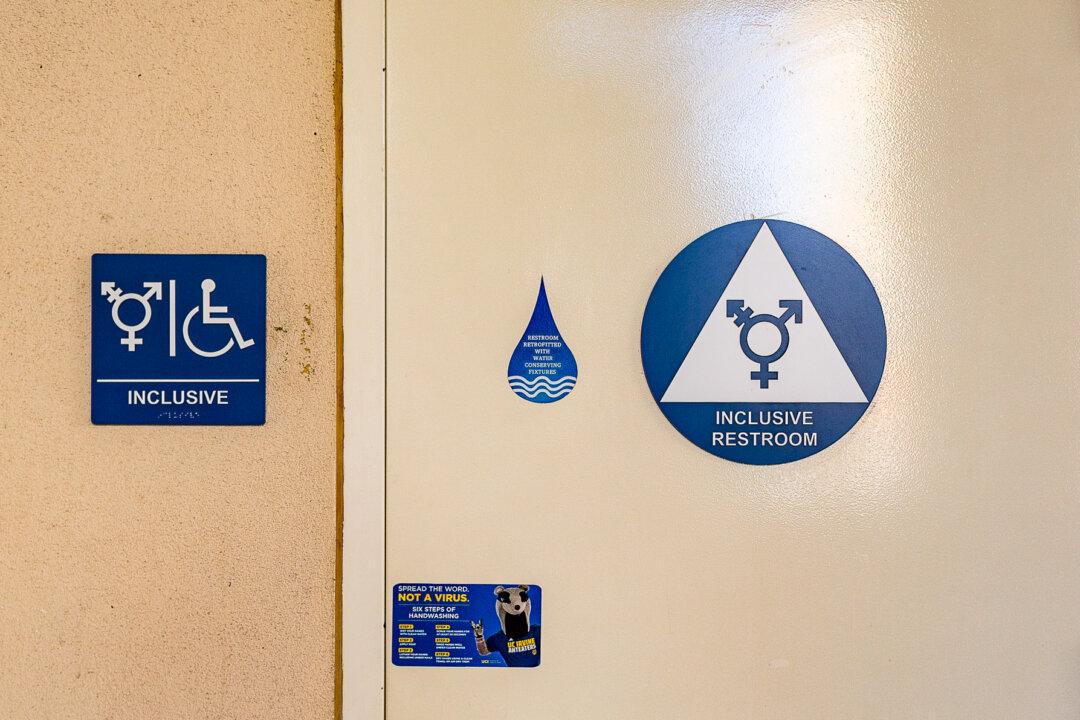News Analysis
What is the status of transgender policies across the United States, in particular in the critical area of policy toward children?

What is the status of transgender policies across the United States, in particular in the critical area of policy toward children?